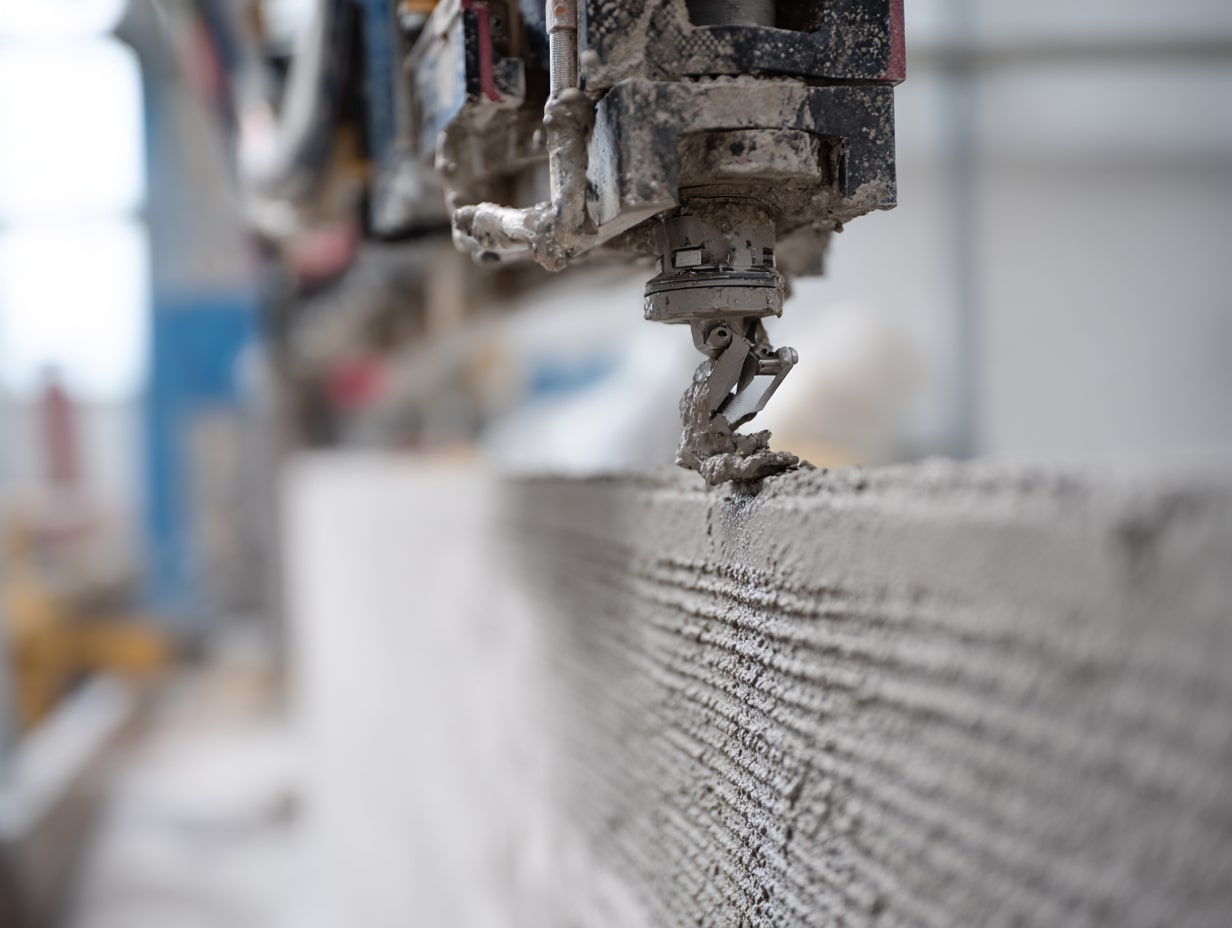- Home
- Articles
- Architectural Portfolio
- Architectral Presentation
- Inspirational Stories
- Architecture News
- Visualization
- BIM Industry
- Facade Design
- Parametric Design
- Career
- Landscape Architecture
- Construction
- Artificial Intelligence
- Sketching
- Design Softwares
- Diagrams
- Writing
- Architectural Tips
- Sustainability
- Courses
- Concept
- Technology
- History & Heritage
- Future of Architecture
- Guides & How-To
- Art & Culture
- Projects
- Interior Design
- Competitions
- Jobs
- Store
- Tools
- More
- Home
- Articles
- Architectural Portfolio
- Architectral Presentation
- Inspirational Stories
- Architecture News
- Visualization
- BIM Industry
- Facade Design
- Parametric Design
- Career
- Landscape Architecture
- Construction
- Artificial Intelligence
- Sketching
- Design Softwares
- Diagrams
- Writing
- Architectural Tips
- Sustainability
- Courses
- Concept
- Technology
- History & Heritage
- Future of Architecture
- Guides & How-To
- Art & Culture
- Projects
- Interior Design
- Competitions
- Jobs
- Store
- Tools
- More
The Blueprint to Approval: How Professional Permit Drawings Streamline Your Project

Navigating the complex world of construction requires obtaining a residential building permit before breaking ground on your dream project. The process of securing a commercial building permit application can often feel like traversing a labyrinth of regulations, requirements, and reviews. However, with properly prepared permit drawings, this journey transforms from a potential nightmare into a manageable process with predictable outcomes and fewer headaches along the way.
Table of Contents
ToggleUnderstanding the Permit Drawing Advantage
Think of permit drawings as your architectural translator. They communicate your vision in the universal language that building departments understand. Like having a local guide in a foreign country, quality permit drawings navigate you through unfamiliar territory with confidence and precision.
The difference between amateur and expertly crafted permit drawings is similar to the difference between asking for directions and using a GPS navigation system. Both might eventually get you to your destination, but one path will be significantly more efficient and less stressful than the other.
The Hidden Costs of Inadequate Drawings
Many people focus solely on the upfront cost of permit drawings without considering the expensive consequences of cutting corners. It’s like buying the cheapest tires for your car – you might save money today, but you’ll pay for it with poor performance and premature replacements down the road.
When permit drawings lack necessary details or fail to comply with local building codes, the results can be financially devastating:
- Repeated review cycles that extend your timeline by months
- Construction halts due to compliance issues
- Expensive rework when inspectors flag problems
- Lost rental income or extended carrying costs
- Potential legal issues from non-compliant construction
Elements of Successful Permit Drawings
Successful permit drawings combine technical accuracy with comprehensive information. They include:
Site Plans That Tell the Complete Story
A comprehensive site plan shows boundary lines, existing structures, proposed additions, setbacks, and environmental considerations. It’s like providing the establishing shot in a film – giving context and setting for everything that follows.
Floor Plans With Perfect Precision
Detailed floor plans include dimensions, room designations, door and window schedules, and circulation patterns. They function as the architectural screenplay, describing how spaces will interact and function once built.
Elevations That Bring Your Vision to Life
Elevations illustrate the exterior appearance of your project from multiple viewpoints. They’re the preview poster for your architectural production – showing everyone exactly what to expect when the project is complete.
Sections That Reveal the Hidden Details
Cross-sections cut through your building to reveal construction details that might otherwise remain hidden. They’re like the behind-the-scenes feature that explains how the magic happens, providing crucial information about structural components and connections.
The Digital Advantage in Modern Permit Drawings
Today’s permit drawings benefit enormously from digital tools and 3D modeling. Using Building Information Modeling (BIM) and advanced rendering software allows for:
- Greater accuracy and elimination of conflicts
- Easier coordination between disciplines
- More realistic visualization for client approval
- Faster revisions when feedback requires changes
- Seamless integration with digital submission systems
The shift to digital workflows in permit preparation mirrors the evolution from paper maps to digital navigation. The advantages are so significant that traditional methods simply can’t compete.
Choosing the Right Expertise for Your Permit Drawings
Finding the right professional to prepare your permit drawings is like selecting the right doctor for a medical procedure – qualifications and experience matter tremendously.
Look for professionals who:
- Demonstrate familiarity with local building codes and requirements
- Have a portfolio of successfully permitted projects similar to yours
- Utilize current software and technology for maximum accuracy
- Communicate clearly and respond promptly to questions
- Offer a systematic approach to the permit process

The Approval Process: From Submission to Success
Even with perfect permit drawings, understanding the approval process helps manage expectations. Think of it as boarding a train – knowing the stops along the way makes the journey less stressful.
The typical building permit approval process includes:
Initial Submission and Completeness Check
Your application undergoes a preliminary review to ensure all required documents are present. Like checking your luggage before a flight, this step ensures you have everything needed for the journey ahead.
Plan Review Across Multiple Departments
Various specialists examine different aspects of your project. Structural engineers evaluate safety considerations, while zoning officials confirm compliance with land use regulations. It’s similar to a medical team where different specialists focus on their areas of expertise.
Feedback and Revision Cycles
Feedback might require revisions to your drawings. This iterative process, while sometimes frustrating, ultimately strengthens your project and ensures its viability.
Final Approval and Permit Issuance
Once all departments sign off, your building permit is issued, giving you legal permission to begin construction according to the approved drawings.
Common Pitfalls and How to Avoid Them
Even experienced builders encounter permit challenges. Being aware of common issues helps you navigate around them:
- Incomplete submissions that trigger automatic rejections
- Failure to address previous comments completely
- Inconsistencies between different drawing sheets
- Outdated code references or standards
- Missing signatures or professional stamps
These pitfalls are like potholes on the road to approval – easily avoided when you know they’re there, but potentially damaging if encountered unprepared.
Conclusion
Quality permit drawings aren’t merely a regulatory hurdle to clear but a valuable investment in your project’s success. They reduce uncertainty, prevent costly mistakes, and create a smoother path from concept to completion.
Like a well-crafted map for an important journey, expert permit drawings don’t just get you to your destination; they help ensure you arrive with minimum stress, maximum efficiency, and the satisfaction of knowing your project stands on a solid foundation of compliance and quality.
When you invest in superior permit drawings, you’re not just buying documents; you’re purchasing peace of mind and a significantly higher probability of project success. In the complex world of building and development, that’s an investment that pays dividends throughout your project and beyond.
illustrarch is your daily dose of architecture. Leading community designed for all lovers of illustration and #drawing.
Submit your architectural projects
Follow these steps for submission your project. Submission FormLatest Posts
3D Printed Homes: Time, Cost, and What to Expect
3D printed homes explained: realistic timelines (24–72h walls, 8–16 weeks total), true...
How a Contact Centre Boosts Trust in Your Building Business
In construction, trust is the glue that holds projects together. Clients need...
How Real Time Parcel Geolocation Is Redefining Last Mile Efficiency for Modern Businesses
Last mile delivery has become the most critical point in the customer...
How Can Small Spaces Stay Stylish and Relaxing?
In today’s fast-paced urban lifestyle, small living spaces are becoming increasingly common....












Leave a comment